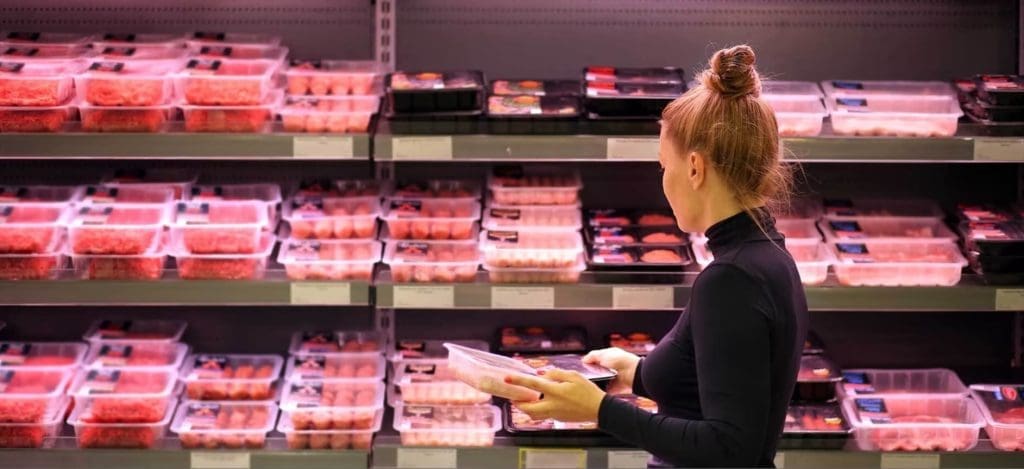
This article was originally produced by Midan Marketing, a US-based meat market research organisation. While the research is US-focused, it gives interesting insight into the up and coming meat eating trends.
Both the meat and marketing industries have had their eye on Generation Z for some time now. The sixty-five million Gen Z Americans were born between 1997 and 2011 and about half have hit adulthood and are now making their own meat purchasing decisions. As more of these consumers come of age and progress further into their years as primary shoppers, we should expect to see shifts in how we think about and market to this generation.
Earlier this year, Midan Marketing released our Meat Consumer Segmentation 3.0 research, a snapshot of today’s meat eaters that breaks all US meat consumers into five segments with distinct shopping and eating habits. When we share new research, I’m always curious what we’re learning about Gen Z – both because I want to be thinking about what’s next for the meat industry and because I have a personal interest in the generation through my kids, who are both in their early 20s.
The segment that includes the largest chunk of the Gen Z generation is the Convenience Cravers. Shoppers in this segment lead busy lives and prefer food that is convenient and can be cooked quickly, affordably and on-the-go. My daughter falls into this segment. As a college student, grocery shopping and cooking a full meal aren’t high on her priority list. But she still wants meat in the meals she grabs on-the-go. Given the young age of Gen Z consumers and that many of them are still in school (university) or early in their career, it makes sense they are currently prioritising convenience. While 17pc of all US consumers fall into this segment, 37pc of Gen Z does. If you have products that make convenient eating easier, put this segment and its Gen Zs in your marketing bull’s-eye.
The second segment that represents a large portion of the Gen Z generation is the Connected Trendsetters. This group is defined by their connection – to each other, to brands and to their food, often through the internet. This is the segment with the lowest average age, but also the highest income. The majority of the segment are Millennials, but a quarter of Gen Zs fit this profile, too. Consumers in this group are likely to say they spend a lot of time on social media or get product recommendations from influencers. They love getting recipes or product inspiration online and actually making those delicious meals to share with their family and friends, and on their own platforms.
I recently asked my daughter which social media influencers she follows and she told me that she doesn’t follow influencers. Her Instagram feed suggests a different story. When I pointed out accounts that I know to be influencers, she said she sees them as just regular people sharing the aspirational part of their lives. This fascinated me. Our research found that 37pc of Gen Z consumers look to influencers for inspiration for new products to try – but would that number be higher if we defined influencers the way some Gen Zs do – as “ordinary people”?
An example outside of the meat industry that has captured the attention of many Gen Zs is PRIME, a line of sports and energy drinks promoted by social media influencers like KSI and Logan Paul. There are (apparently) at least some Gen Z shoppers who see this as just a drink that is popular among people their age because they see internet personalities drinking it. They’re actually getting paid to promote it, but they incorporate it into their brand so flawlessly that these young consumers don’t necessarily recognize they are ads. Another example of how marketing and advertising are continuing to evolve.
The influence of Generation Z as meat consumers will continue to grow as more come of age. But no demographic is a monolith, made evident by the fact that the two segments that represent the largest portions of the Gen Z generation include a segment that never has time to cook and one that loves making time to experiment in the kitchen. Generations themselves don’t reveal everything we need to know about consumers, that’s where tools like segmentation come into play. But generations can tell us how – and often why – the population is changing and put us in a great position to be prepared.
